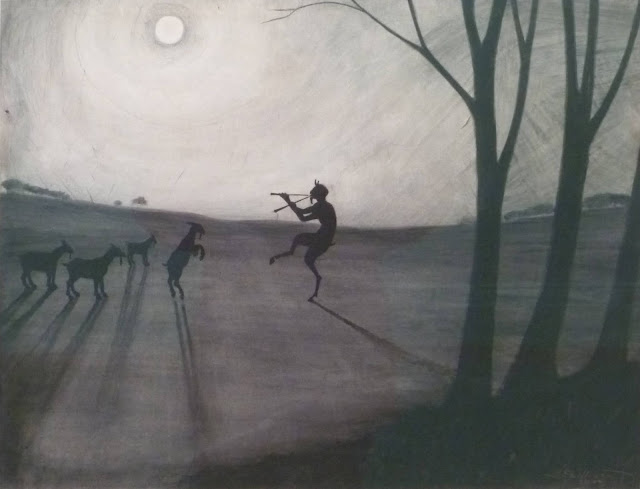Pumpkinhead Self Portrait by Jamie Wyeth (Interpretation and Analysis)

Pumpkinhead Self Portrait Source: Wiki Art Today, I want to celebrate Halloween by talking about a very fun painting by Jamie Wyeth: Pumpkinhead Self Portrait . Jamie Wyeth is a member of the famous Wyeth family, and is the son and grandson respectively of celebrated painters Andrew Wyeth and N.C. Wyeth. Although he’s probably not as well known as his relatives, he’s certainly a famous and talented painter in his own right. I was fortunate enough to see an exhibition of art by the Wyeth family at the Brandywine Conservancy several years ago, and one of my favorite pieces in the collection was Wyeth’s Pumpkinhead Self Portrait . Aside from being very entertaining, this painting challenges the tradition of self portraits in Western art. I read this piece as an expression of formalist ideas, a literary theory that divorces the artist/author and their intentions from their art. In this painting, Wyeth removes himself from his own self portrait, a somewhat self deprecating gesture...



























